The Problem with Legacy Business Rules Engines
Imagine this: your risk team wants to tweak a rule—and it takes three weeks.
It’s a Monday morning. Your product head has a brilliant idea: launch a limited-time offer for pre-approved customers under 28, in metro areas, with no current liabilities, and a credit score over 720. Sounds simple. Nimble. Targeted.
Except… your Business Rules Engine can’t keep up.
Updating eligibility logic requires the tech team’s intervention—two weeks if they prioritize it. Testing adds another week. And if QA discovers regression issues, expect further delays. By the time the new rule goes live, the campaign window is gone, marketing has moved on, and frustration runs high.
“All we wanted was to change an age filter. Instead, we got three Jira tickets, two standups, and one missed opportunity.”
This scenario is common because most Business Rules Engines today are still rigid, developer-dependent, and ill-equipped for dynamic decision-making. In a fast-moving lending environment—where regulations, customer behavior, market shifts, and partner requirements evolve constantly—legacy systems are no longer tenable.
What modern teams need isn’t just automation—they need a Business Rules Engine that adapts, learns, and empowers business users to act in real time.
The Evolution of Rule Engines: From Tech-Controlled to Business-Led
Banking has always run on rules. But the way those rules were managed? That’s where the real lag happened.
Most lenders hardcoded decision logic deep inside their systems—Java scripts buried in LOS, custom code in aging cores.
Risk teams documented what they wanted; tech teams turned it into code.
Any change big or small meant raising a ticket, getting into a sprint, and waiting.
Want to update credit filters for a festive offer? You’re looking at a 3–4-week turnaround. Need custom rules for a new fintech partner? Add two more months.
That’s because most traditional business rules management systems were rigid, tech-led, and not designed for business users to act independently. Innovation slowed. Risk teams played it safe. Compliance updates became fire drills. And the customer experience? Left templated and impersonal.

Everyone wanted agility. But actually achieving it? That felt out of reach. The time it took was too long. The effort too high. The dependence on tech? Total.
What you need isn’t just automation. You need a business rules engine that adapts, learns, and lets your teams move—right now.
The Consequence of Tech-Led Decisioning
Over time, this created a ripple effect across teams:
- Product teams stopped innovating. New ideas meant new delays.
- Risk teams stayed cautious. Testing new credit decisioningmodels just wasn’t worth the effort.
- Compliance updates became reactive. You followed guidelines—but always a step behind.
- When tech teams gate minor rule changes, it delays innovations in
loan origination software that should flow seamlessly from collection insights.
Instead of continuous improvement, teams defaulted to “good enough.” The best ideas died in backlog. Speed was traded for safety. And the customer? Left with templated experiences.
The Underlying Problem: Misplaced Ownership
The dream outcome has always been the same: business teams should own business rules.
But traditional architectures never allowed that. Ownership lived with tech. Understanding lived with business. The bridge between the two? Slow, fragile, and filled with friction.
This tension shows up daily in boardrooms:
- “Why is it taking three weeks to change one rule?”
- “Why can’t we test the new policy on just one segment first?”
- “Why do we need tech to modify something the risk team owns?”
These aren’t just operational complaints. They’re signs of a deeper misalignment between what the business wants to do and what the systems allow it to do.
And that gap? It’s costing lenders time, opportunity, and market relevance.
The Cost of Staying Static
If you’re leading credit, risk, or product, this misalignment has real consequences:
- Time-to-market suffers: That youth segment campaign is delayed by backend changes.
- Compliance risk increases: By the time the new KYC rule is implemented, the audit trail is already cold.
- Team morale drops: No one wants to keep waiting on IT for every small idea.
The irony? You probably already have a business rules engine in place.
But if it requires tech to change logic, can’t test live variations, and doesn’t let business users take control—it’s not a true decision intelligence platform. It’s a bottleneck in disguise.
The lending world has changed. Customers move faster. Regulators respond faster. Markets shift faster. Your decision engine can’t stay stuck in yesterday’s model.
What Today’s Environment Demands
Contrast that with today’s landscape:
- Regulators issue updates mid-quarter.
- Customer behavior shifts in real-time.
- Product-market fit is often measured in weeks, not years.
- Partners want custom flows, not generic templates.
Legacy systems can’t respond. You need decision logic that’s:
- Modular– isolate and update one part without breaking the rest.
- Flexible– let business teams act without tech dependency.
- Real-time– simulate, deploy, and measure instantly.
The market won’t wait. Your customers won’t wait. And your competition? They’re already moving.
A modern underwriting software needs to be built on a comprehensive digital lending platform that unifies origination, decisioning, and compliance—all accessible to business users.
The Shift: From Tech-Controlled to Business-Led
Here’s the inflection point: modern lenders are starting to see decision logic not as a backend process, but as a strategic layer.
A layer that belongs in the hands of product, credit, and risk—the people closest to the customer and the business.
This isn’t just about no-code interfaces or APIs. It’s about giving decision-makers the tools, control, and confidence to act fast—without breaking anything.
It’s not just about automation anymore. It’s about agility, ownership, and adaptability.
And that shift begins by rethinking what a modern business rules engine should be: not a system you depend on, but one you design with.
What Really Makes a Rule Engine “Modern” Today?
Microservices & API-First Integration
Microservices
Instead of one big, monolithic block of code, a modern business rules engine is split into smaller, independently working components.
Each component handles one logical function like:
- Eligibility checking
- Scoring logic (credit decisioning)
- Product-specific documentation rules
- KYC decisioning
- Pricing logic
These components (services) can be updated, scaled, or replaced without affecting the rest of the engine.
Think of modular architecture through business process automation software like replacing a car’s headlights without opening the whole engine.
API-First
APIs act as contracts between systems through lending API-driven platforms defining system communication.
An API-first approach means every function of the business rules management system (e.g., evaluate KYC, return eligibility decision) is accessible via API, enabling seamless integration with core systems like LOS, CRM, or underwriting software.
Why This Matters in Lending
Traditional rule engines were embedded in:
- LOS (Loan Origination System)
- CBS (Core Banking System)
- LMS (Loan Management System)
This meant:
- Rules were hardcoded inside these systems
- Any change risked affecting the core
- Multiple teams (business, IT, QA, infra) had to coordinate
- Launching a new product or partner logic could take months
Modern lending pressures demand decision platforms that are modular, flexible, and real-time. Gartner’s 2025 Magic Quadrant for Decision Intelligence Platforms shows the evolution from traditional rule engines to platforms integrating AI, analytics, and composite automation for modern lending requirements.
Step-by-Step Workflow System
Traditional Workflow:
1) Partner logic documented by business teams
2) Tech team embeds logic in LOS/CBS
3) QA and regression testing take 3–4 weeks
4) Go-live after sprint + partner coordination
5) Any change = re-code and re-test entire module
With Decision.ezee (Microservices + API-First):
1) Rule Modules Created: Product and risk teams define eligibility, scoring, and documentation logic.
2) Connect via APIs: LOS sends borrower details → Decision.ezee evaluates rules → returns clean decision.
3) LOS/CRM Continues Journey: No embedded logic needed.
Process Advantages
- Hyper-personalization: Rules tuned to borrower realities
- Co-lending ready: Partner logic isolated
- Quick adjustments: Update one layer without affecting others
Tangible Business Outcomes
| Impact Area | Traditional Engine | Decision.ezee (Microservices + API-First) |
|---|---|---|
| Partner Onboarding Time | 4–6 weeks | 4–6 days |
| Rule Update Time | 10–15 days | 30–60 minutes |
| System Downtime | Often required | Zero |
| IT Involvement | High | Minimal |
| Compliance Readiness | Lagged, manual | Real-time, rule-based |
| Risk of Core Breakage | High (tightly coupled) | Low (fully decoupled) |
Drag-and-Drop Logic with Visual Testing
Automated underwriting software lets users create, edit, and simulate logic via no-code visual tools:
- Flowcharts
- Condition blocks
- Rule trees
- Toggle switches
- Formula builders
Smart collection stack architecture uses sandbox environments ensuring safe simulation before deployment—no production risk.
Why It Matters in Lending
Traditional approach:
- Business teams draft rules in spreadsheets
- Dev teams translate to code
- QA tests in staging
- Errors → repeat
Modern lending requires fast updates: add rules, modify thresholds, A/B test variations — without a 3-week turnaround.
How It Works in Practice
Example: Updating eligibility for a pre-approved loan:
1) Open the visual rule builder
2) Drag and define logic blocks (age, city, employment type, credit score)
3) Test in sandbox with sample profiles
4) Validate and push live in <30 minutes
Benefits: Real-time previews, avoids deploy → break → rollback, reduces miscommunication, empowers business teams.
Business-Level Benefits
- Speed: Weeks → hours
- Ownership: Risk and product teams own rules
- Visibility: CXOs, compliance, auditors see versioned logic
- Accuracy: Simulate edge cases before live deployment
Deploy Without Downtime
Push rule changes live instantly — no system offline, no sprint delays, no impact on other processes.
Why It Matters
Traditional delays risk:
- Missing regulator updates
- Delayed co-lending partner logic
- Rejected good customers during campaigns
How It Works
Centralized decisioning platforms enables: (e.g., raise minimum credit score)
1) Update in visual editor with version tag
2) Test in sandbox
3) Deploy immediately
4) Monitor & rollback if needed
Business Outcomes
| KPI | Traditional Setup | With Decision.ezee |
|---|---|---|
| Rule Change Cycle Time | 10–15 business days | Under 1 hour |
| System Downtime for Deployments | ~2–6 hours | Zero |
| IT Dependency per Change | High (developers + QA) | Near-zero |
| Compliance Responsiveness | Lagged (risk exposure) | Real-time |
| Rule Testing & Rollback Speed | Manual, multi-step | 1-click rollback |
| User Control | Siloed | Business-owned, role-gated |
Why UI Flexibility Matters More Than UX
Control of Logic Must Sit with the Domain Expert
Think about it — when the credit head wants to adjust a score threshold, why should that turn into a dev dependency?
The people making the decisions are closest to the logic. They know why a rule needs to change and what it affects. Having to route every small update through tech just slows everyone down.
A modern business rules engine with a flexible UI allows business teams to manage their own logic, putting control where it belongs — in the hands of domain experts rather than developers.
Speed of Change Is Now a Competitive Lever
Markets move. So do regulations. Customer expectations? They don’t sit still either.
If a lender can’t respond fast enough, someone else will. That’s why agility isn’t just an operational goal anymore — it’s a strategic edge.
When business teams can adjust rules on the fly with a business rules engine, without waiting for a dev sprint, it becomes possible to launch smarter campaigns, stay compliant, and test new logic while it’s still relevant — giving lenders a clear advantage.
Complexity Must Be Handled Without Coding Complexity
Lending rules are rarely simple. There’s layering, exceptions, edge cases, scoring logic (credit decisioning), document checks, and bureau pulls.
But a well-designed UI in a decision intelligence platform can handle this complexity through smart building blocks: pre-defined templates, visual flow designers, and live field mapping. Teams manage complexity without coding complexity.
Cross-Team Clarity and Collaboration Improves
When rule logic is buried in code or backend configs, only the developer knows what’s live.
With a business rules engine UI, logic becomes visible through collections strategy rule engines orchestrating empathy and efficiency. Product and compliance teams discussing changes via omnichannel debt recovery strategies reduce misalignment. Collaboration improves, decisions are faster, and translation errors disappear.
Safe Experimentation Becomes Possible
If every change takes two weeks and multiple approvals, experimentation stalls.
A flexible underwriting software or business rules management system allows teams to simulate rule changes in a sandbox, test on live data, and deploy instantly — with rollback if needed.
Now, smart iteration is encouraged: A/B testing score models, trying new offer filters, or experimenting with borrower segments. Better experimentation leads to better results.
Governance Doesn’t Have to Slow You Down
Flexibility is often seen as a trade-off against control — but it doesn’t have to be.
A strong business rules engine UI includes role-based access, audit trails, and version tracking. Teams move fast within their domain while staying compliant, traceable, and secure.
You get agility and governance — non-negotiable in regulated lending.
UI Flexibility Extends the Shelf Life of the Platform
Here’s the quiet cost: when every new product need developer support, your decision intelligence platform ages fast.
Business strategies evolve. Offers change. New lending models emerge. A flexible, modular UI lets your business rules management system adapt without rewriting core rules, keeping your platform relevant over time.
The Payoff Is More Than Just Speed
Faster rule updates matter — but the deeper value is sharper segmentation, fewer manual overrides, tighter compliance response, and better control over your credit decisioning engine.
When decisions are built by the people who own the outcomes and they can test, improve, and deploy them easily performance improves across the board.
Modular Architecture = Agility at Scale
Let’s get into where the real magic happens.
Because it’s not just about who owns the rule — it’s about how you structure your decision logic to move faster, scale smoother, and break less.
Here’s an easy way to think about it:
Imagine your business rules engine like a Lego set.
Each block — eligibility, scoring, pricing, documentation, disbursal — is independent.
You can pick it up, clone it, tweak it, and drop it into a different setup — without disturbing the rest.
Now imagine this:
- You want to launch a new product variant? Just copy an existing set of rules in your business rules management system, tweak the logic, and go live.
- You’re testing a different scoring model for a new borrower segment? No problem — A/B test it on an isolated flow within your decision intelligence platform.
- A partner needs their own set of pricing filters? Plug them in without touching your base product logic.
That’s modular architecture — and it delivers three big wins:
1) It Speeds Up Innovation
You’re not reinventing rules every time. You build smart decision logic once in your business rules engine, and re-use it across products, channels, and even geographies.
This modular approach empowers underwriting software to support faster rollouts — from personal loans to partner-driven programs — without extra engineering effort.
2) It Reduces Risk
Because everything is decoupled through enterprise workflow automation, changing one rule doesn’t accidentally break five others.
You update what you need — and the rest stays stable.
A well-structured business rules management system isolates logic, ensuring one team’s change in pricing or eligibility doesn’t cascade into unexpected credit or compliance errors.
3) It Supports Real Scale
You can run 50, 100, even 500 logic sets of modular debt collection strategies — across partners, geographies, and asset types — without drowning in complexity.
A modular decision intelligence platform handles that scale effortlessly, enabling high-volume credit decisioning processes while maintaining auditability and performance.
Want proof it works?
A large fintech lender launched 12 variants in three months. McKinsey research shows intelligent process automation delivers 20-35% annual cost efficiencies through modular rule-based architectures, enabling no-downtime deployments and rapid rule variations.
That’s the power of thinking modular.
Because when every rule block in your business rules engine can be managed, reused, and deployed independently through modern loan origination platforms.
Your team doesn’t just respond faster –
They build smarter.
They test safer.
They scale confidently.
And that’s what keeps you ahead – not just this quarter, but every quarter after.
What to Look for in a Modern Business Rules Engine
Let’s get practical.
You’re evaluating platforms. And suddenly, everything’s “AI-powered,” “cloud-native,” “no-code,” “modular.”
But none of that means anything until you know what’s under the hood — and what it actually lets your teams do.
So, Here’s Your No-Fluff Checklist
Not jargon. Just the real markers of a modern, scalable, business-led Business Rules Engine that supports speed, compliance, and agility across your credit decisioning workflows.
Visual Rule Builder
Why it matters:
If only developers can build or edit rules, you’re still running a tech project — not a business rules management system.
Look for a UI where credit, risk, and compliance teams can configure logic directly.
Drag-and-drop conditions, formula fields, and simple “if-this-then-that” structures — it should feel like Excel, not Java.
This gives business teams full ownership of what they’re responsible for — while freeing up IT bandwidth and improving underwriting software efficiency.
API-First Design
Why it matters:
Modern lenders don’t operate in silos — your business rules engine should connect seamlessly with LOS, LMS, CRMs, bureaus, KYC providers, and partner systems.
If the platform isn’t API-first, every integration becomes a custom build. That slows you down and adds long-term maintenance risk.
Instead, look for REST APIs that can be called for eligibility, scoring, KYC, and pricing — each as a standalone service.
This makes your decision intelligence platform composable, not hardwired.
Version Control & Audit Trail
Why it matters:
You can’t manage what you can’t track.
Every rule edit should be timestamped, tagged, and traceable — with full visibility into who changed what, and why.
This not only protects your compliance position but also allows instant rollbacks if something breaks.
In regulated lending, auditability isn’t optional — it’s essential.
Testing Sandbox
Why it matters:
Rule changes shouldn’t go live on guesswork.
A modern business rules management system lets you test new logic against real or anonymized data — see approvals, rejections, and behavioural outcomes — before they hit production.
It’s safer, smarter, and encourages continuous experimentation. You test often, tweak quickly, and deploy with confidence — all without slowing credit decisioning cycles.
Contextual Logic Layers
Not all borrowers — or products — should follow the same path.
You need rules that adapt by segment, channel, geography, or partner logic.
Think of it like intelligent branching: salaried borrowers get X, self-employed get Y, repeat customers skip Z altogether.
This flexibility is what turns automation into true decision intelligence.
JSON-Ready Input/Output
Why it matters:
Decision engines don’t work in isolation — they talk to CRMs, underwriting tools, and core banking systems.
If your data exchange format isn’t clean (like JSON), you’ll face constant integration issues.
Structured data flow ensures your underwriting software operates seamlessly with your business rules engine for real-time results.
Role-Based Access
Why it matters:
When auditors review your systems, they expect clarity — who made which changes, when, and under what authority.
Built-in role-based access ensures governance and accountability, especially in multi-team environments managing thousands of active business rules.
Full Audit & Compliance Visibility
Why it matters:
In modern credit decisioning, transparency isn’t negotiable.
You must be able to show what rules are active, when they were changed, and why.
That level of compliance visibility should be built into the business rules engine, not added as an afterthought.
Platforms to Avoid
It’s equally important to know what to steer clear of.
If you’re evaluating platforms and see any of the below — pause:
- They require tech involvement for every minor rule tweak.
- They lock logic deep into the LOS or LMS, making reuse difficult.
- They don’t support multi-layer segmentation — every borrower takes the same path.
- They can’t test or deploy rules live — everything is backend-heavy and delayed.
In short:
If the system puts control out of reach, it’s not a decision intelligence platform — it’s a dependency trap.
Final Word: Decisions Are Not Just Automated. They’re Designed.
In today’s lending economy, speed matters — but speed without control, context, and confidence leads to poor credit outcomes and compliance risks.
That’s where a Business Rules Engine (BRE) makes the difference.
The smartest lenders are not just automating — they’re designing decisions with precision using a Business Rules Management System that empowers both business and tech teams.
With a modern Business Rules Engine, financial institutions gain visibility and flexibility across every layer of credit decisioning — from application scoring to policy enforcement and product pricing.
Decisions aren’t buried in code anymore; they’re managed in real time through intuitive interfaces that non-technical users can own and update.
By integrating with underwriting software and other data systems, lenders can respond instantly to changing risk profiles or regulatory updates — without waiting for IT cycles.
This agility translates directly into faster “time-to-yes,” fewer manual errors, and consistent compliance.
Platforms like Decision.ezee represent the new frontier of Decision Intelligence Platforms — systems where rules are not static logic blocks but living, evolving business assets.
They allow teams to test, deploy, and iterate rules confidently — balancing innovation with control.
So the next time someone says, “Can we just update one rule?”, your answer will be simple:
“Done. Already live.”



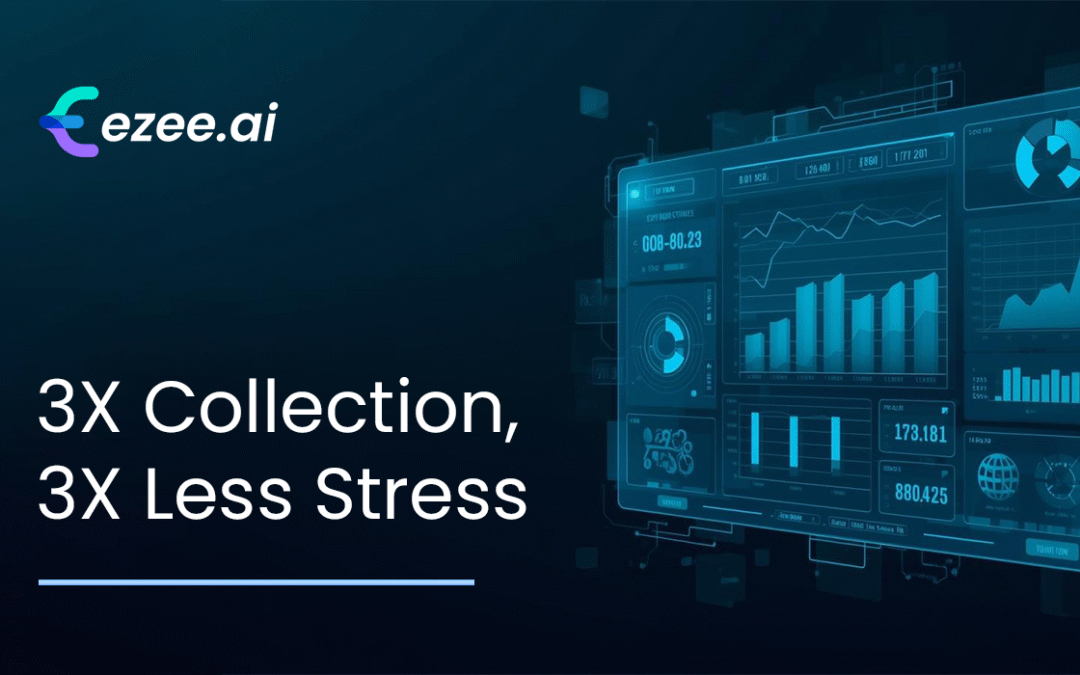
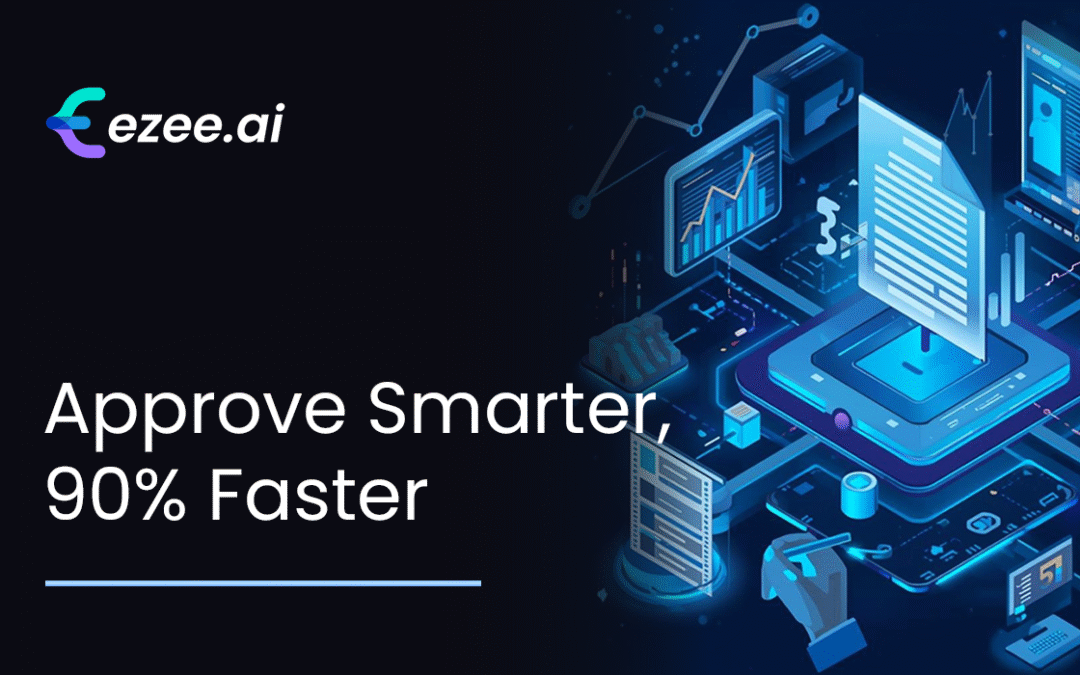




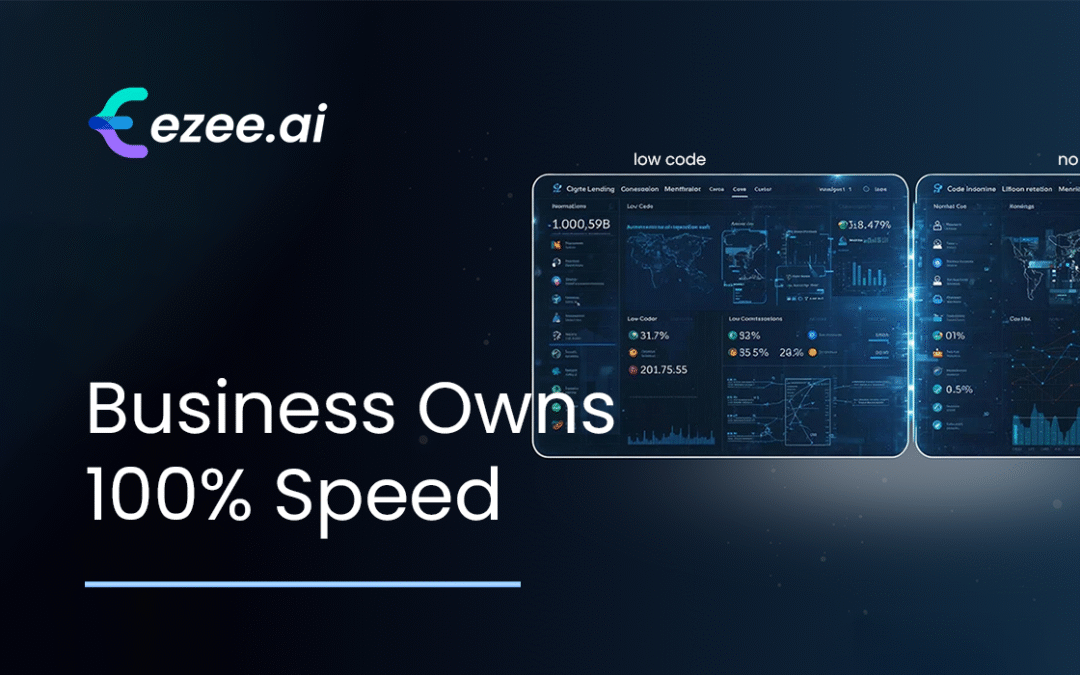

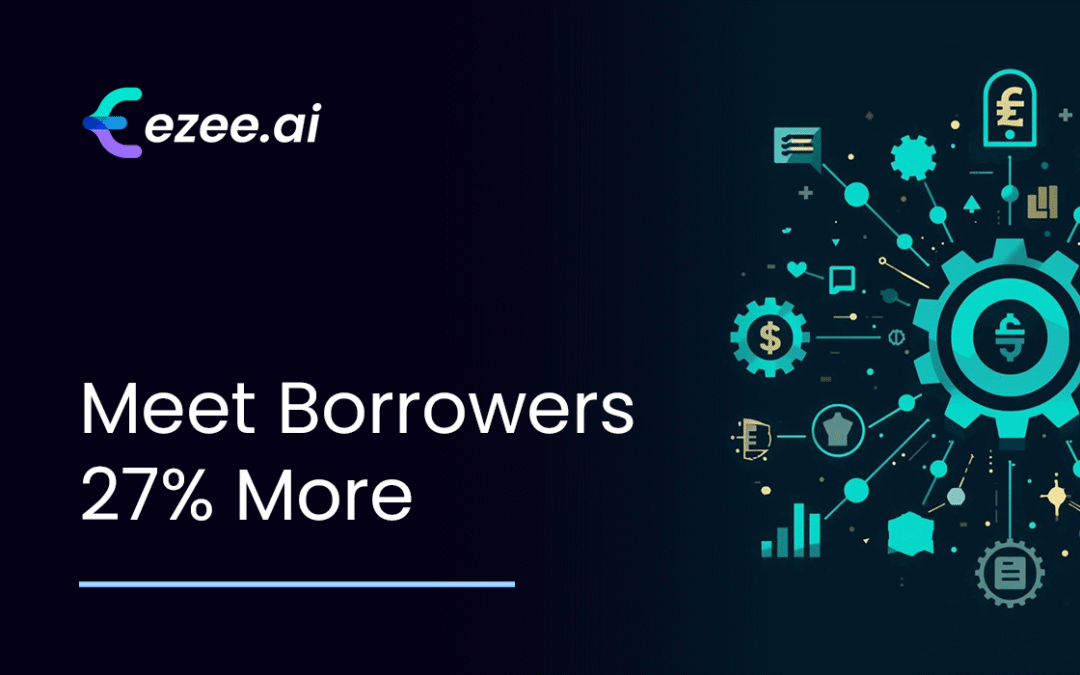
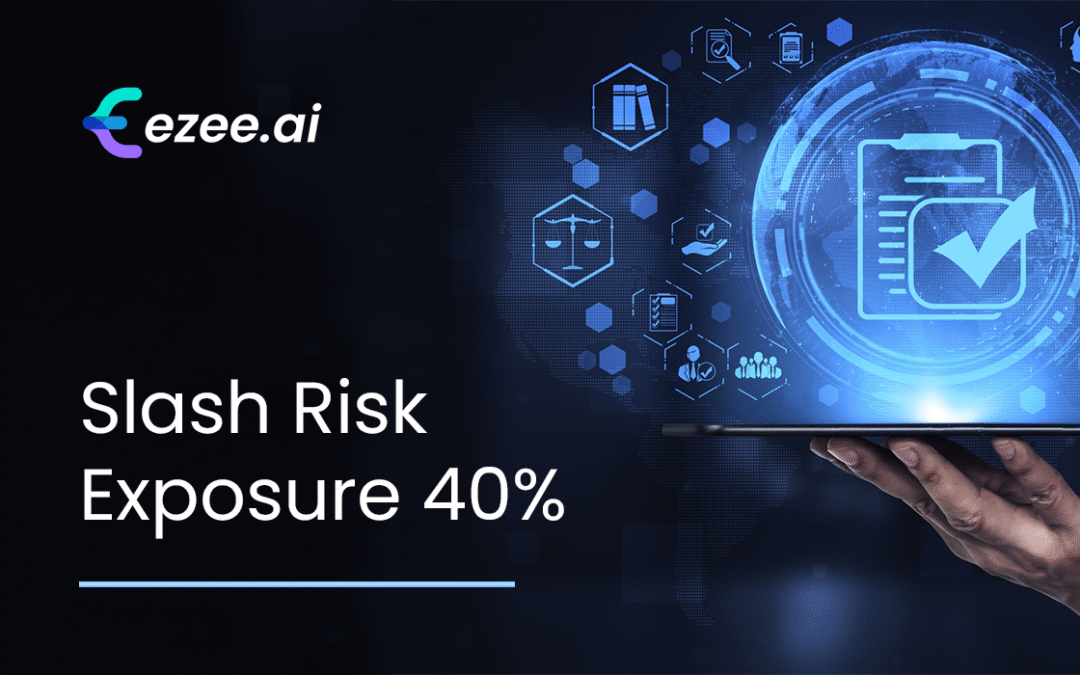

0 Comments